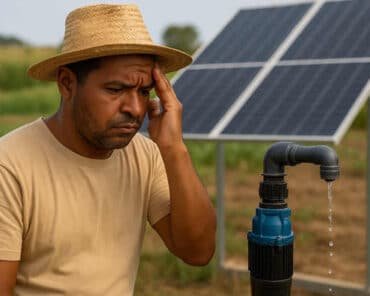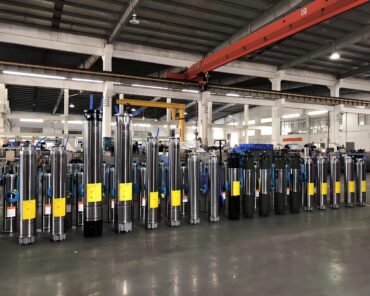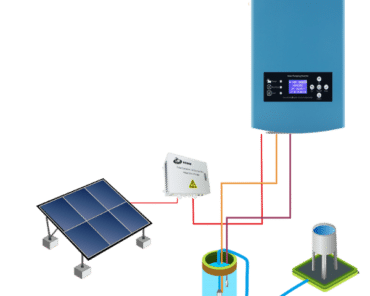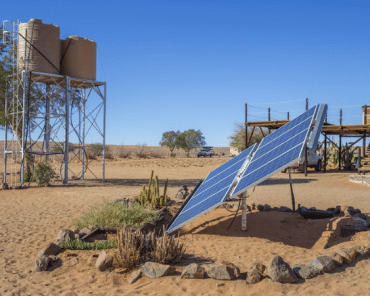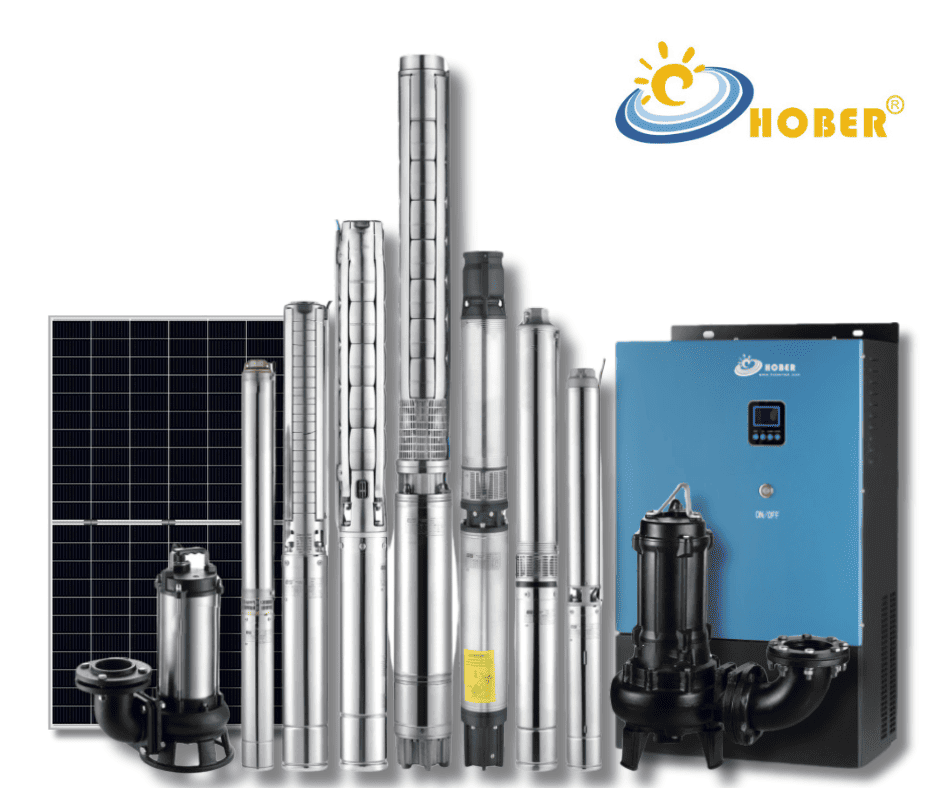As a technical expert at HOBER, delving into the intricacies of Solar Powered Borehole Water Pumps is more than just a job – it’s a passion. These devices are not just tools; they are the epitome of engineering marvels, blending sustainability with technology.
Solar powered borehole water pumps, in essence, are an ingenious application of solar energy. They transform sunlight into electrical power, driving a pump that draws water from deep underground. This process is not just a technical feat; it’s a sustainable revolution in water extraction. It’s about precision, efficiency, and harnessing renewable energy in the most effective way possible.
Let’s break down the technical aspects of these systems and explore how they’re changing the landscape of water resource management.
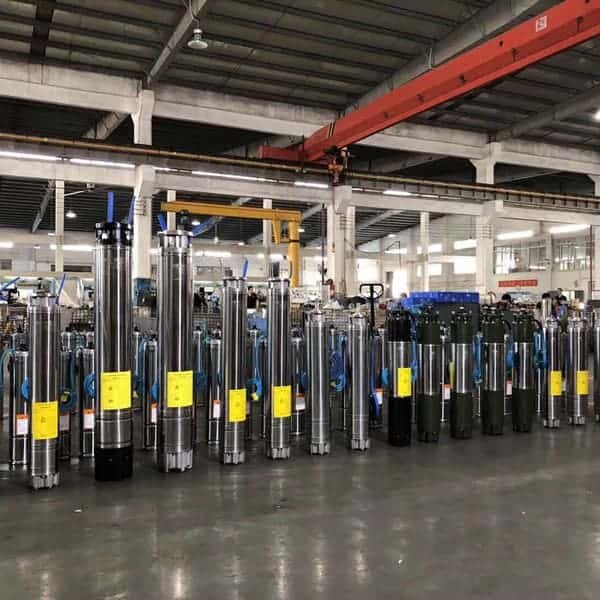
The Heart of the System: Solar Panels and Controllers
At the core of a solar powered borehole water pump are the solar panels. These panels capture solar energy, which is then converted into electrical power by the controller. The efficiency of these panels is crucial – it determines how effectively the pump operates, especially in varying weather conditions.
The Pump: Engineering and Efficiency
The pump is where the magic happens. It’s an intricate blend of mechanical and electrical engineering, designed to operate efficiently under varying conditions. From submersible pumps to surface pumps, the choice depends on the borehole depth and the water requirements. Types of Solar Pumps
Installation: More Than Just Setting Up
The installation of these pumps is a meticulous process. It involves site evaluation, solar panel orientation, and electrical connections. Each step is critical to ensure maximum efficiency and safety. This isn’t a plug-and-play scenario; it’s a well-orchestrated symphony of components.
Maintenance: Ensuring Longevity
Maintenance is key to the longevity of these systems. Regular checks and cleaning of solar panels, along with inspections of the pump mechanism, are essential. It’s not just about fixing problems; it’s about preventing them. Maintenance Practices
Diverse Applications: Beyond Just Water Supply
These pumps have a wide range of applications. From agricultural irrigation to providing potable water in remote areas, each application showcases the versatility and adaptability of the technology. Applications of Solar Pumps
The Economics: Cost-Effectiveness and ROI
From a technical standpoint, the return on investment (ROI) of these systems is impressive. The initial setup cost is offset by the savings on electricity and the low maintenance costs. Over time, these pumps prove to be a cost-effective solution.
Technical Challenges and Innovations
Like any technology, these systems face challenges, from solar intermittency to mechanical wear and tear. But these challenges drive innovation – from improved battery storage to more efficient pump designs. Technical Challenges and Solutions
Real-World Impact: Case Studies
Case studies are a testament to the real-world impact of these systems. They illustrate how technical innovations in solar powered borehole water pumps are solving water scarcity problems across different geographies.
Looking Ahead: Future Technological Advancements
The future of solar powered borehole water pumps is bright. With ongoing research and development, we are looking at more efficient solar panels, smarter controllers, and pumps that can handle a wider range of conditions.
Solar vs Traditional: A Technical Comparison
From a technical viewpoint, solar powered pumps offer numerous advantages over traditional pumps, including energy efficiency, lower environmental impact, and adaptability. This comparison sheds light on why solar is the future of borehole water extraction.
Navigating Policies and Incentives
Understanding the landscape of government policies and incentives is crucial for implementing solar powered borehole water pumps. These policies often dictate the feasibility and adoption rate of these systems.
A Guide for the Technical Buyer
Selecting the right solar powered borehole water pump requires a technical understanding of the system’s components. It’s about matching the pump’s specifications with the specific water needs and environmental conditions.
Insights from the Experts
At HOBER, we pool insights from industry experts to stay ahead of the curve. These insights help us refine our technology and provide our customers with the best possible solutions.
In Conclusion: A Technological Leap Forward
In conclusion, solar powered borehole water pumps represent a significant technological advancement in the field of sustainable water resource management. At HOBER, we’re proud to be at the forefront of this revolution, continuously innovating and improving our offerings.
[END]


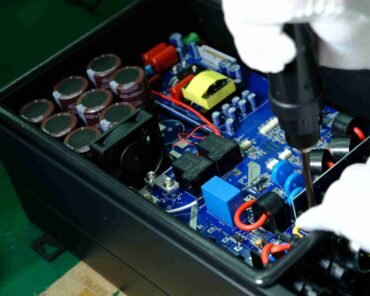
](https://hobertek.com/wp-content/uploads/2025/03/solar-pump-inverter-for-irrigation-efficient-water-pumping-solution-370x296.png)
